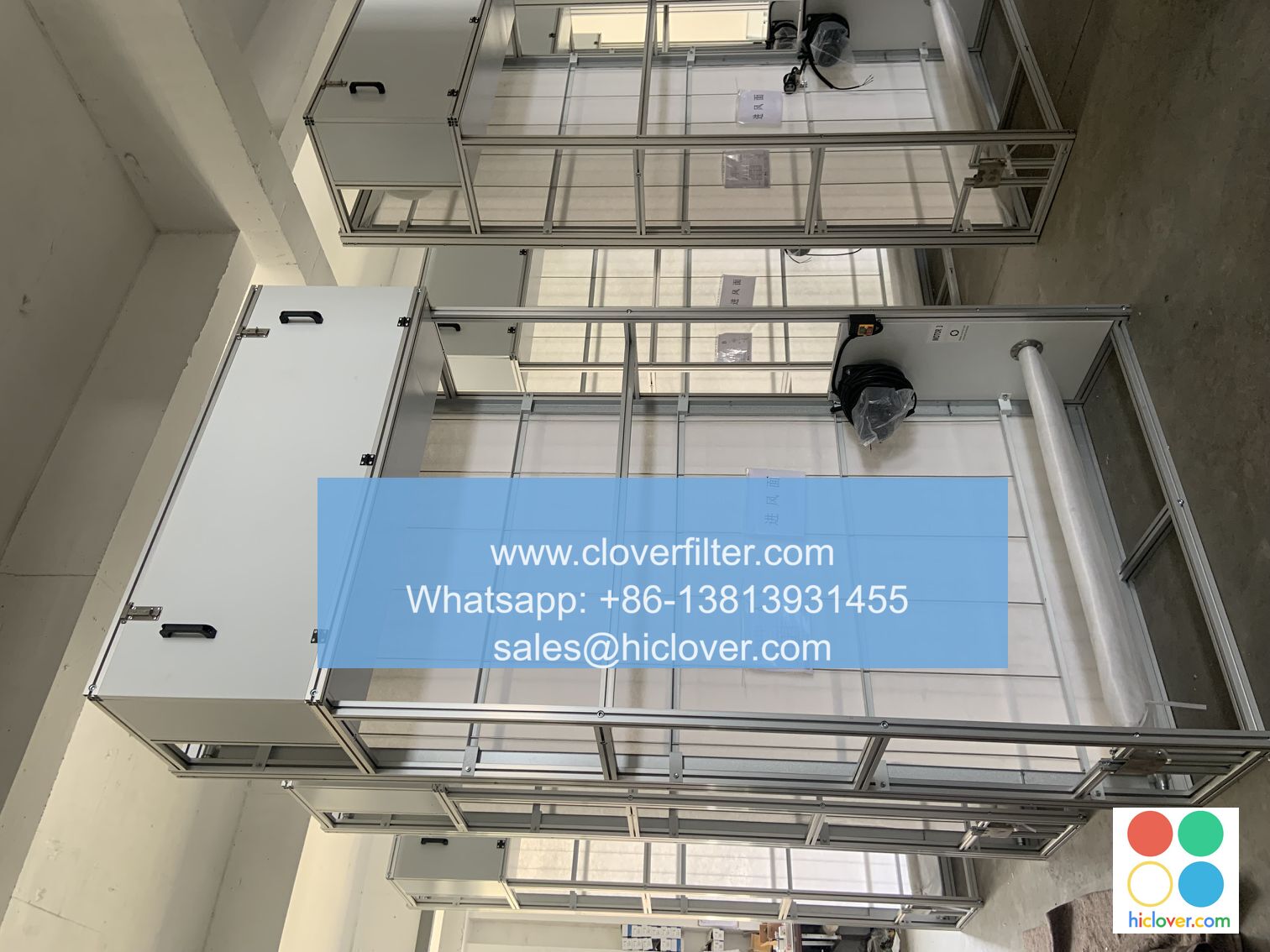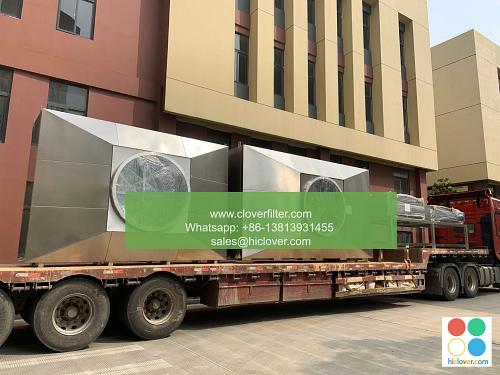Genentech Cleanroom Air Quality: The Role of Automatic Roll Filters

Genentech cleanrooms require the highest level of air quality to ensure the production of high-quality pharmaceuticals and biotechnology products. Air filtration systems play a critical role in maintaining a cleanroom environment by removing airborne contaminants and microorganisms that can compromise product quality and safety. In this article, we will discuss the importance of automatic roll filters in maintaining cleanroom air quality and their applications in various industries.
Why Cleanroom Air Quality Matters
Cleanrooms are designed to minimize the introduction of contaminants and microorganisms into the environment. The air quality in a cleanroom is crucial because it can affect the stability and efficacy of pharmaceuticals and biotechnology products. Particulate matter, bacteria, and viruses can all compromise the quality of products, leading to rejection or even product recalls. Therefore, it is essential to maintain a high level of air quality in cleanrooms to ensure the production of high-quality products.
Automatic Roll Filters: A Solution for Cleanroom Air Quality
Automatic roll filters are a type of air filtration system that uses a roll of filter media to capture particulate matter and microorganisms from the air. These filters are designed to provide continuous filtration without the need for manual intervention. Automatic roll filters are ideal for cleanroom applications because they can provide a high level of filtration efficiency while minimizing downstream contamination.
Applications of Automatic Roll Filters in Genentech Cleanrooms
Automatic roll filters have a wide range of applications in Genentech cleanrooms, including:
* Pharmaceutical manufacturing: Automatic roll filters can be used to maintain a high level of air quality in pharmaceutical manufacturing cleanrooms, ensuring the production of high-quality products.
* Biotechnology research: Automatic roll filters can be used to maintain a cleanroom environment in biotechnology research laboratories, ensuring the accuracy and reliability of research results.
* Medical device manufacturing: Automatic roll filters can be used to maintain a high level of air quality in medical device manufacturing cleanrooms, ensuring the production of high-quality medical devices.
Benefits of Automatic Roll Filters in Genentech Cleanrooms
The use of automatic roll filters in Genentech cleanrooms provides several benefits, including:
* Improved air quality: Automatic roll filters can provide a high level of filtration efficiency, removing particulate matter and microorganisms from the air.
* Reduced contamination: Automatic roll filters can minimize downstream contamination by capturing particulate matter and microorganisms before they can enter the cleanroom.
* Increased productivity: Automatic roll filters can provide continuous filtration without the need for manual intervention, reducing downtime and increasing productivity.
Conclusion
In conclusion, automatic roll filters play a critical role in maintaining cleanroom air quality in Genentech cleanrooms. Their ability to provide high-level filtration efficiency and minimize downstream contamination makes them an ideal solution for pharmaceutical manufacturing, biotechnology research, and medical device manufacturing applications Highlighting various application areas such as airborne contaminant removal, microbial control, and cleanroom maintenance. By using automatic roll filters, Genentech cleanrooms can ensure the production of high-quality products while minimizing the risk of contamination and product rejection.

